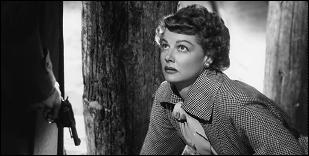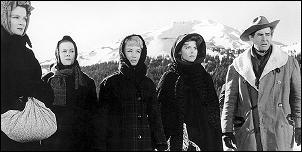Wed 11 Jan 2017
WILLIAM DIEHL – Primal Fear. Martin Vail #1. Villard, hardcover, 1993. Ballantine, paperback, 1994. Film: Paramount, 1996 (with Richard Gere as Martin Vail).
Diehl has written a number of successful novels, the best known of which are probably Sharkey’s Machine and Thai Horse. This is the first in what will be a series of at least two about superstar Chicago defense attorney Marty Vail. I think we’ve got a winner here, folks.
The book opens with the bloody and brutal murder of Chicago’s most prominent Catholic clergyman, and then shifts to Vail winning a multi-million dollar settlement from the City and County on a police brutality suit by a gangster. They are not pleased. To show their displeasure, the power structure insures that Vail is handed the pro bono defense of the youth charged with the clergyman’s murder. As the police believe they have a cod-lock cinch case, it is almost certain that Vail’s reputation will suffer; which, of course, is the point of it all.
Diehl is a polished writer and a consummate storyteller. There’s a many a twist and turn in the plot, which has a lot to offer fans of both psychiatry and courtroom drama, but I’ll let you discover them for yourself. The story is told from shifting viewpoints to good advantage, and suspense is maintained to the end; if you see it all coming you’re a good deal more perceptive than I am.
Vail is an intriguing if not wholly admirable character, and his supporting cast hardly less so — intriguing, that is. I think there is room for both him and his henchmen-and-women to grow, and I look forward to reading more about them.
I didn’t come away from Primal Fear with any gripes at all, and that happens damned seldom. This is a good story with interesting characters, excellently told, and I highly recommend it.
The Martin Vail series —
1. Primal Fear (1992)
2. Show Of Evil (1995)
3. Reign in Hell (1997)

